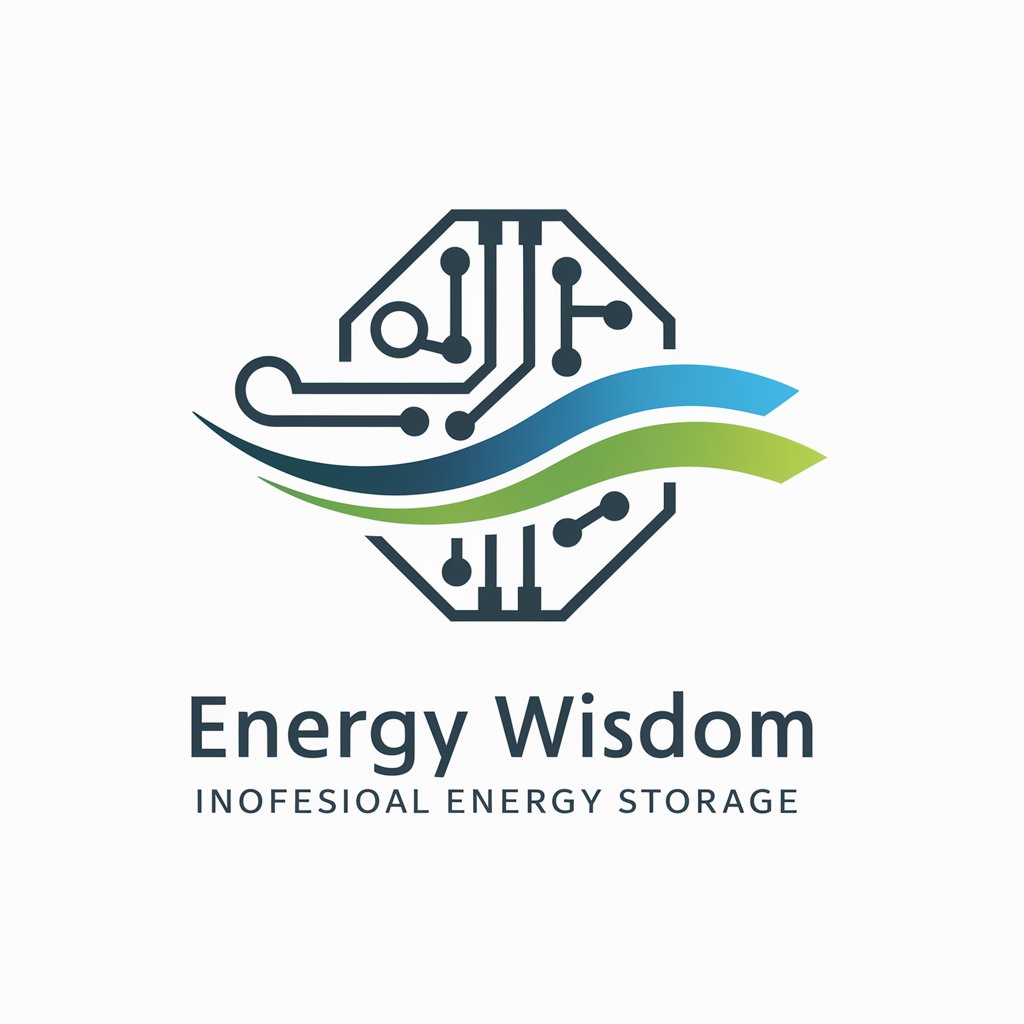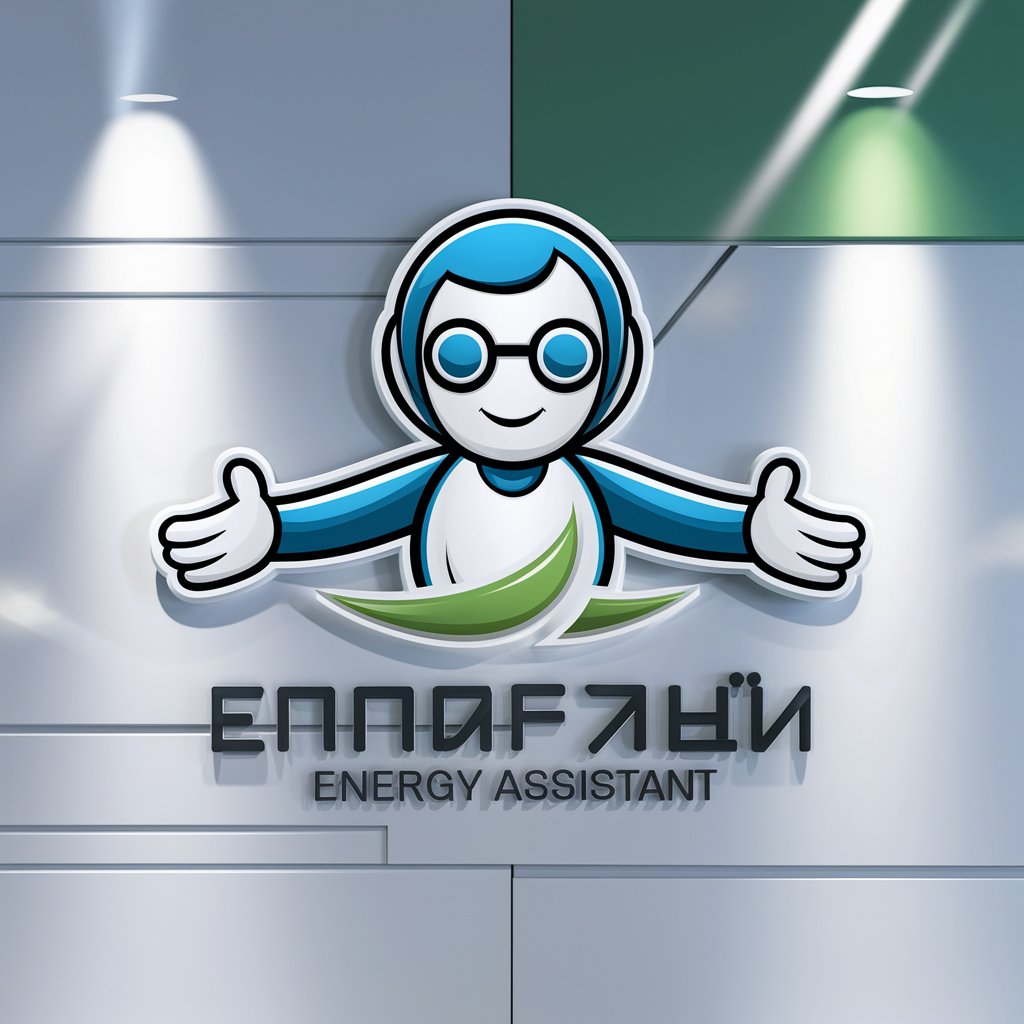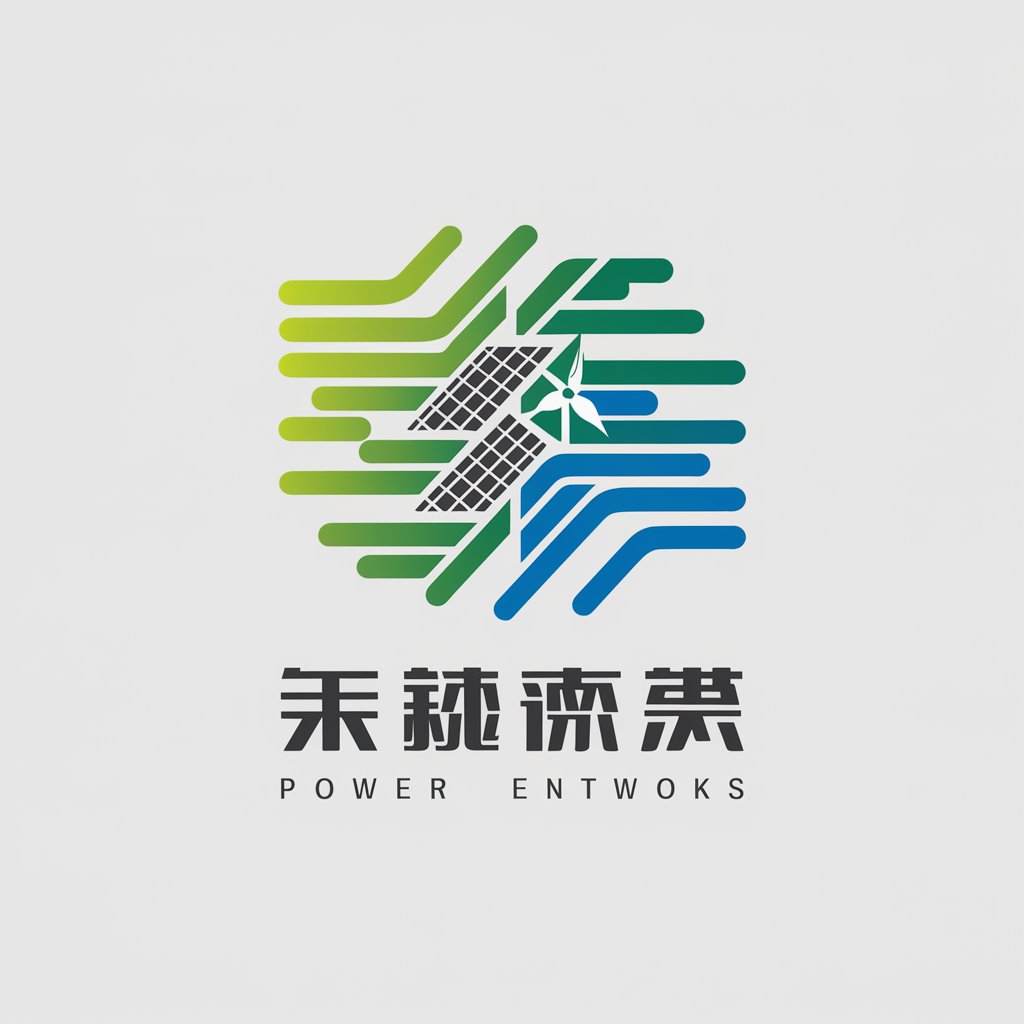凝汽器 - Advanced Thermal Analysis

Welcome! Let's dive into the world of thermal power plant science and hybrid modeling.
Empowering Thermal Science with AI
Explain the concept of hybrid modeling in condenser systems.
What are the key factors affecting the cleanliness coefficient in thermal power plants?
How does neural network modeling improve the efficiency of condensers?
Describe the applications of hybrid modeling in power plant science.
Get Embed Code
Introduction to Condensers
A condenser, or 凝汽器 in Chinese, is a key component in thermal power plants and various other industrial processes that involve the condensation of vapor into liquid. The primary design purpose of a condenser is to condense exhaust steam from a steam turbine to maximize turbine efficiency by maintaining a low pressure on its exhaust side. Additionally, it facilitates the recovery of the condensate, which can be reused as boiler feedwater, thus conserving water and reducing the need for fresh water supply. Condensers come in various designs, including shell and tube, plate, and air-cooled types, each suited to specific applications and operational requirements. For instance, shell and tube condensers are widely used in large thermal power plants due to their efficiency and capacity to handle large volumes of steam, while air-cooled and plate condensers are more common in smaller scale operations or where water availability is a constraint. Powered by ChatGPT-4o。

Main Functions of Condensers
Enhancing Efficiency of Steam Cycles
Example
In thermal power plants, condensers are used to condense exhaust steam from turbines, which helps in maintaining a low back pressure on the turbine exhaust. This significantly increases the turbine's thermal efficiency.
Scenario
A typical scenario involves a steam turbine where the exhaust steam is condensed back into liquid form, allowing the turbine to operate more efficiently due to the reduced pressure at its exhaust.
Water Conservation
Example
Condensers facilitate the recovery and reuse of condensate as boiler feedwater, which conserves water and reduces the plant's overall water requirement.
Scenario
In regions with limited water resources, the ability to recycle water through condensation in a power plant significantly reduces the demand for fresh water, enhancing the sustainability of plant operations.
Heat Recovery
Example
Condensers can also serve as heat exchangers, enabling the recovery of waste heat from the condensing process, which can be used in district heating or other processes.
Scenario
In combined heat and power (CHP) plants, the waste heat recovered from the condenser is used to heat buildings or supply hot water, thereby improving the overall energy efficiency of the system.
Ideal Users of Condenser Services
Thermal Power Plant Operators
Operators of coal-fired, gas-fired, and nuclear power plants are primary users. They benefit from condensers by optimizing the efficiency of steam turbines and reducing water consumption.
Industrial Facilities
Facilities involved in chemical processing, petroleum refining, and food processing, where steam is used for heating or as a part of the manufacturing process. These users benefit from the heat recovery and efficiency improvement aspects of condensers.
Environmental and Sustainability Professionals
Professionals focused on reducing water usage and increasing energy efficiency in industrial processes can leverage condenser technology to meet sustainability goals.

How to Utilize 凝汽器
Begin Your Journey
Start by visiting a platform that offers trials of AI tools without the need for signing in or subscribing to premium services.
Understand Your Needs
Identify your specific requirements or the problem you are trying to solve with 凝汽器, whether it's academic research, language translation, or data analysis.
Explore Features
Familiarize yourself with the tool's capabilities, such as hybrid modeling of condensers, cleanliness coefficient analysis, and neural network applications in thermal power plants.
Engage with the Tool
Interact with 凝汽器 by inputting your data or queries. Utilize its analytical and predictive capabilities to gain insights or solutions.
Evaluate and Iterate
Assess the output provided by 凝汽器. Refine your queries or data inputs based on initial results to optimize performance and achieve more accurate outcomes.
Try other advanced and practical GPTs
能源专家
Empowering Energy Efficiency with AI

能源助理
Optimizing energy with AI-driven insights

医食同源 Guide
Empowering your well-being with AI and tradition

智慧能源
Powering Insights with AI

Slogen设计师
Crafting Memorable Slogans with AI

中医案例练习-虚拟诊疗训练
Simulate TCM Diagnosis and Treatment

投資の神(God of Invest)
Empower your investment journey with AI-driven insights.

系統用蓄電所補助金先生
Unlock insights from Japanese business documents

哈哈哈哈
Crafting Your Fantasy Worlds with AI

Business Opportunity Analyst
Turning Insights into Profitable Strategies

Translate World Languages
Elevating Your Global Voice with AI

哈瑪星科技導覽員
Empowering Your Decisions with AI

Detailed Q&A about 凝汽器
What is hybrid modeling in the context of 凝汽器?
Hybrid modeling combines physical principles with data-driven models, like neural networks, to simulate and predict the performance of thermal power plant components, especially condensers, with high accuracy.
How does 凝汽器 apply neural networks?
凝汽器 utilizes neural networks to analyze patterns within large datasets, improving predictions of system behavior, efficiency, and identifying potential optimizations in power plant operations.
Can 凝汽器 assist in academic research?
Yes, it's particularly useful for researchers in thermal power plant science, offering tools for data analysis, simulation, and predictive modeling to support academic papers or experiments.
What makes 凝汽器's approach to cleanliness coefficient unique?
It employs advanced algorithms to accurately calculate the cleanliness coefficient of condensers, integrating both real-time data and predictive analytics to enhance power plant efficiency.
Is 凝汽器 suitable for beginners in the field?
Absolutely. While it offers deep, technical capabilities, it also provides guidance and simplified models for beginners to understand complex concepts in thermal power plant operations.
